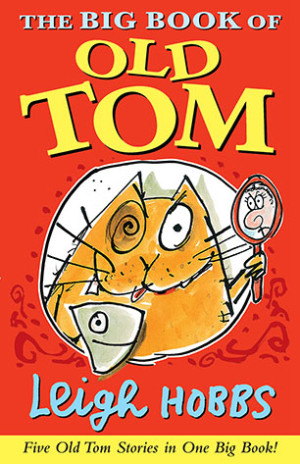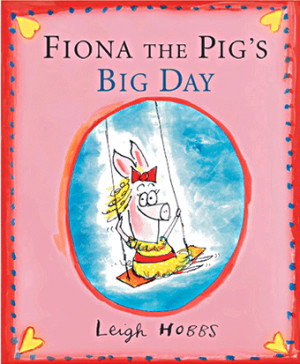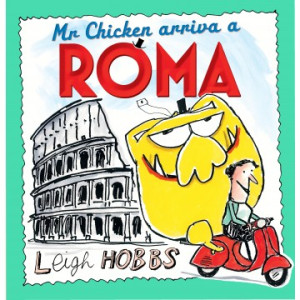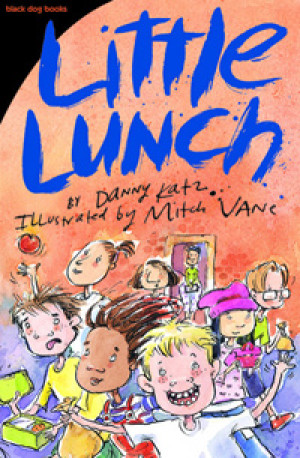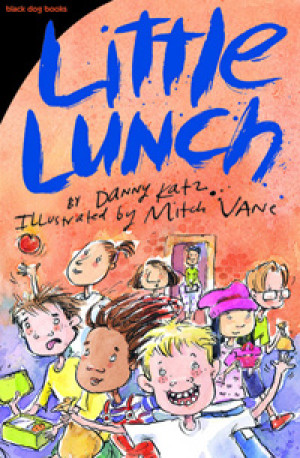

00:00 Introduction
00:23 Meet the creators
01:06 Finding a writing style that works for you
03:23 The crafting process for ‘plotting’ and ‘pantsing’
04:47 The benefits of experimenting with your style
06:09 Final words of advice
06:53 Here’s what we’ve learned
 Learning Intentions
Learning Intentions
1. Learning about different approaches to writing a story, and the benefits and challenges of each approach.
2. Thinking about ourselves and our individual writing style, and exploring our own writing practices to know what works for us.
SUCCESS CRITERA:
1. Identify what it means to be a ‘plotter’ or a ‘pantser’.
2. Experimented with different approaches to writing a story, and can identify the benefits and challenges of each approach.
 Discussion Questions
Discussion Questions
PRE-VIDEO:
Think about yourself and your day-to-day life. Would you describe yourself as an organised person, or are you more impulsive? Do you prefer planning out your day or keeping things more spontaneous? Maybe you’re a bit of both?
Have you ever come up with a great story idea? What did you do next with that idea? Did you plan out your whole story, or just sit down and start writing?
What is your favourite part of writing a story? What is your least favourite part? Why do you like/dislike those aspects of story writing?
POST VIDEO:
Andrew talks about why he likes to carefully plot out his stories, and why he prefers to ‘control everything’ in his story world.
Do you remember some of the reasons he gave for why careful plotting is important for him? (NB – in order to make sure he can plant clues. To make sure his characters can get in and out of trouble. To ensure his story has lots of good surprises in it).
o Why do you think carefully plotting out your story before you begin could be useful?
o Could there be any downsides of following a story plan?
Ailsa talks about how she often just writes to ‘get her ideas down’ before she starts to think about plot.
o Why you do think writing without a firm plan could be useful?
o What might be tricky about writing without a plan?
Andrew and Ailsa both talk about their writing process, and how they craft their stories.
o Do you remember Andrew’s process for crafting a 'Real Pigeons' book? What changed from Andrew’s original story plan?
o What was Ailsa’s process for crafting 'Squishy Taylor and the Secret Envelope'? What changed from her original plot outline once she started writing?
o How did a combination of plotting and experimenting help them craft these books?
 Curriculum Links
Curriculum Links
ENGLISH Year 3-4
Literacy:
● Interacting with others: AC9E3LY02, AC9E4LY02
● Creating texts: AC9E3LY06, AC9E4LY06
CREATIVE AND CRITICAL THINKING
Reflecting:
● Thinking about thinking: Level 3
LITERACY
Writing:
● Creating texts: Crafting ideas Level 5-6








